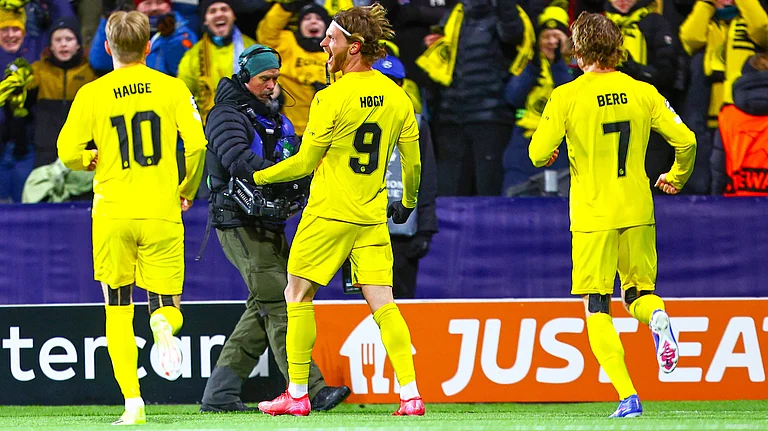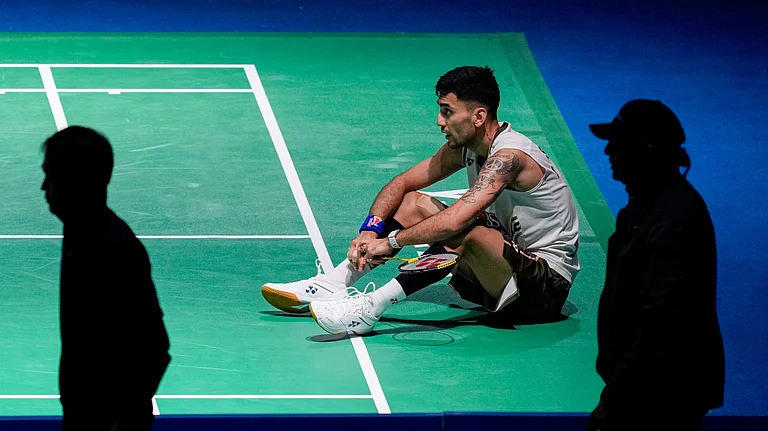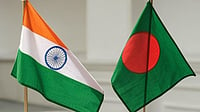Rajasthan’s folktale tradition has always remained so irrevocably etched in the landscape and the minds of people that even authoritarian rulers could do little to obliterate it. Little wonder then that the state’s oral tradition of storytelling and keeping its folk tales (and heroes) alive can be traced to ancient times. Here are 7 dramas from the desert state to witness once in a lifetime:
Dramas based on Love and Tragedy
Dhola-Maru
The story of Dhola and Maru approximates that of Sohni and Mahiwal (a well-known tale from Punjabi folklore) to the extent that the fleeing lovers escape on a camel, are stoned to death, or are lost forever in a sandstorm, depending on who is telling you the story. Often narrated through dance and song, this bewitching tale revolves around the prince of Narvar, Dhola, and the princess of Poogal, Maroo, who are married in their childhood. When Dhola’s father dies, he almost forgets about his betrothal to Maroo and marries princess Malwani. The king of Poogal sends a group of folk singers to Narvar, who try to remind Dhola about his marriage to Maroo. Dhola regrets his mistake and overcomes several hurdles created by Malwani and Umar Sumar, another prince who wishes to marry Maroo, and reaches Poogal. He apologises to Maroo and her parents. However, on their journey to Narvar, a snake bites Maroo and Dhola decides to set himself on fire. A group of saints appears on hearing his cry and brings Maroo back to life with their magical powers. Dhola faces yet another attack by Umar Sumar but manages to escape with Maroo on a flying camel gifted by the saints. They reach Narvar and live happily ever after.
Mahendra-Moomal
The tragic tale of Princess Moomal of Jaisalmer and Prince Mahendra of Amarkot (now in Pakistan) is more poignant. Having fallen in love with Princess Moomal Mahendra would visit her secretly at her palace. Once when he got late Moomal got very upset with him, and disguised her sister in a man’s clothes. When Mahendra finally turned up and found his beloved in the company of a man, he was so angry with the princess he went away, never to return. Moomal disguises herself as a bangle seller and sets up a game of chess with the prince. Mahendra sees on his new friend’s wrist, a mark similar to the one on his beloved, and tells the stranger about how he was betrayed by his love. Moomal takes off her turban and the two lovers embrace. Unfortunately, weakened by the pain of separation, the lovers die in each other’s arms!
Folk Dramas
Khayal
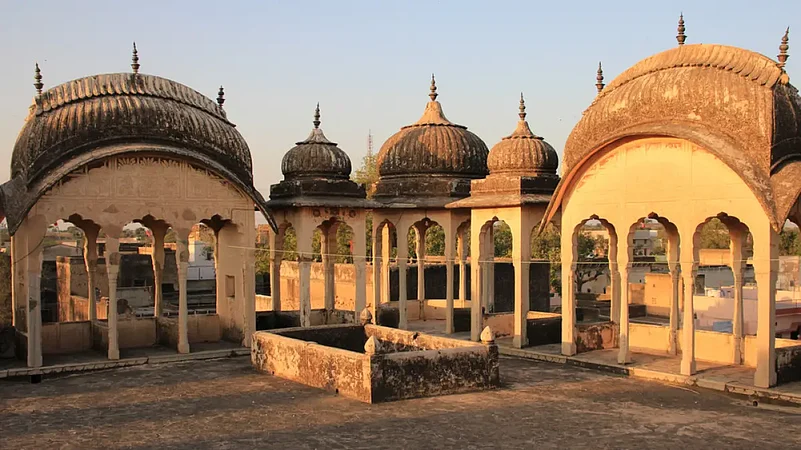
The popular form emerged in the 18th century and narrates mythological tales. Khayal is performed in different forms all across the state based on the city where it’s being performed or the style of acting or the community that is performing it. Some of the popular forms of Khayal are Kuchamani Khayal, Shekhawati Khayal, Jaipuri Khayal, and Ali Bakshi Khayal among others.
Tamasha
This folk drama began in Jaipur during Maharaja Pratap Singh’s reign. The dialogues in a Tamasha play are poetic and the play includes musical, dance, and singing performances. It’s usually performed on an open-air stage called akhada. The Bhatt family of Jaipur has also added Jaipuri Khayal and Dhrupad Gayaki styles of singing in this form of drama.
Rammat
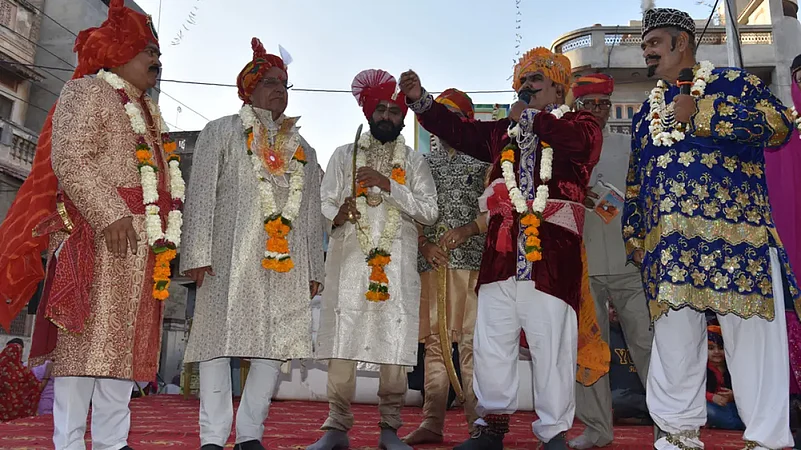
Exclusively performed in Bikaner, Jaisalmer and the Phalodi region, this drama form originated 140 years ago during a folk poetry recital competition. The characters of a rammat play are called khelar and start their performance by singing a devotional song in the praise of Ramdeoji. Nagada and Dholak are the main musical instruments used during a rammat performance. The folk tales narrated during these plays are drawn from monsoons, Ganpati Vandana, Lavani among other themes.
Swang

Swang, which goes all the way back to the 15th century, is performed by folk artists called Behrupiya, who disguise themselves as various characters.
Nautanki
Inspired by mythological, historical, and contemporary socio-political stories, Nautanki is staged in regions including Bharatpur, Karauli, Dholpur, Alwar, and Gangapur city.
Rasleela
The Rasleela of Rajasthan is performed to narrate stories from the puranas (the holy scriptures of the Hindus). The most common themes include leelas or acts from the lives of Lord Krishna. The main character is called Raasdhar.









